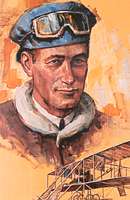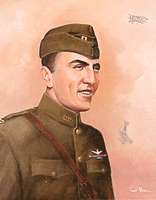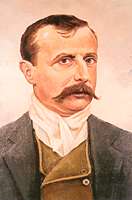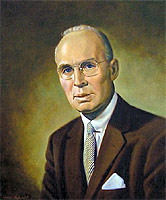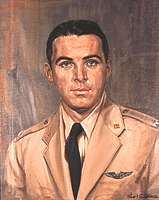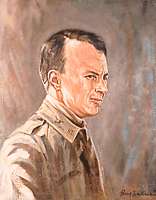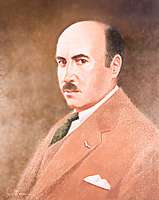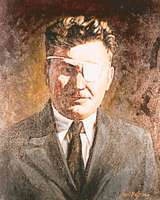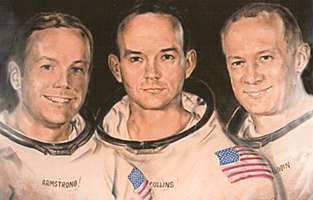Calbraith Perry Rodgers
Inducted in 1975
First United States Transcontinental Flight, 1911
1879 – 1912
In 1911 William Randolph Hearst offered a $50,000 prize to the first person to fly from coast to coast within a 30-day period. “Cal” Rodgers, a slender motorcycle racer with only limited flying experience (some of it gained at the Wright School), accepted the challenge. He took off from Long Island, New York, on September 17, determined to reach California and qualify for the award.
Rodgers flew a Wright EX biplane, named the “Vin Fiz” after a soft drink made by his commercial sponsor. The 35-horsepower airplane had no radio and was equipped with only one instrument, a fluttering shoelace to indicate vertical and lateral motion.
Rodgers chose a meandering route across the United States through Chicago and San Antonio to avoid dangerous mountain ranges. A train carrying his wife, mother, mechanics and $4,000 worth of spare parts followed him. The “Vin Fiz” […]

